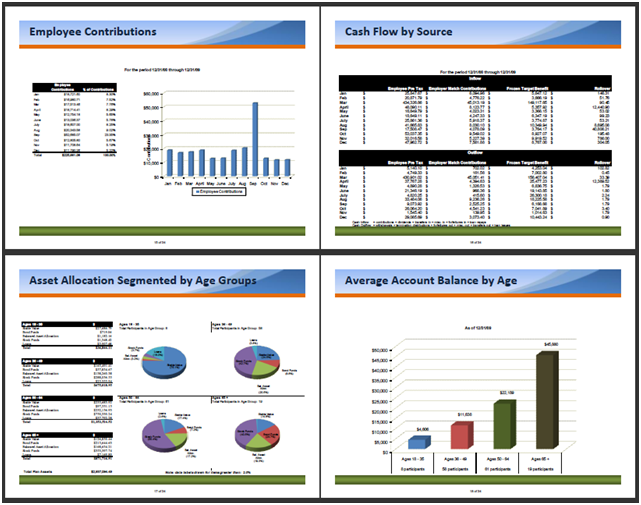How to Create an Investment Plan for Retirement
Post on: 25 Май, 2015 No Comment

You know that if you want to make it through retirement, you need to plan now. And that planning should involve an investment plan. Your goals and individual needs will be a big part of the kind of investment portfolio you have to get you through your retirement years. Here are some steps to take in order to create your retirement investment plan:
- Assess your risk. The first thing you need to do is consider your risk tolerance. This includes your emotional risk tolerance as well as financial. Decide how much risk you can handle, and consider your likely sources of income. Your asset allocation should be based around how much risk is appropriate as you work to build your investment portfolio.
- Consider getting help. After assessing your financial situation, you need to determine whether or not you need help making a plan. There are plenty of free online calculators and tools that can help you, but you might feel more comfortable getting professional help. You need to decide, at that point, whether you just need a one-time session to work out a plan, or whether you need long term wealth management help.
- Look at your possible withdrawal rate. Think about your expenses now, and estimate your expenses in retirement. Think about your goals, and what you want to accomplish. Figure out how much money you will need each month in order to meet your expenses this includes insurance premiums, utilities, travel expenses and other expenditures. Most financial experts recommend that you withdraw 4% of your assets in year one of retirement, and then adjust for inflation going forward. But your needs may be different, so consider this carefully.
- Consider possible income streams. When building a retirement portfolio, you will need to consider the income streams that will cover your expenses. You can cushion your withdrawal rate by cultivating income streams such as businesses and web sites. You can consider Social Security and any pension or inheritance you might have. Look at your portfolio and determine whether you will need to shift some of your assets into income investments like dividend paying stocks and bonds. Some even purchase an immediate annuity to help provide an income stream, but you should carefully check to make sure such products are best for your situation. A part-time job or hobby can also provide some of the income you need.
- Look at your liquidity. Make sure you have an adequate cash cushion in relatively liquid cash accounts such as CDs, high yield savings accounts. money market accounts and some bond funds (if appropriate for your situation). There might be some instances in which you need immediate access to cash.
- Remember taxes. Finally, consider the tax implications of your retirement accounts and investments. Some retirement investment accounts, such as Roth accounts, grow tax-free, meaning you wont be taxed on the withdrawals. Other, traditional, retirement accounts grow tax-deferred. This means your withdrawals, when you make them, are taxed as regular income. You will also have to consider capital gains taxes on other investment accounts. Consider withdrawing from tax-deferred accounts first, or rolling those accounts into Roth accounts and getting the taxes out of the way before taxes rise.
As you begin investing in your future, make sure you put money into tax-advantaged accounts first. Youll get more bang for your buck this way. Also, as the years progress, take stock of your retirement portfolio, and decide whether your asset allocation needs to be tweaked according to changing circumstances in income and risk tolerance. Many people shift their assets around as retirement approaches, preparing to live off their investments, rather than focusing on growing them.
Once in retirement, it is still important to take stock of where you are at, and make sure that you are spending your money in such a way as to ensure that you dont outlive your funds.
Editor’s Note: I’ve begun tracking my assets through Personal Capital. I’m only using the free service so far and I no longer have to log into all the different accounts just to pull the numbers. And with a single screen showing all my assets, it’s much easier to figure out when I need to rebalance or where I stand on the path to financial independence. They developed this pretty nifty 401K Fee Analyzer that will show you whether you are paying too much in fees, as well as an Investment Checkup tool to help determine whether your asset allocation fits your risk profile. The platform literally takes a few minutes to sign up and it’s free to use by following this link here. For those trying to build wealth, Personal Capital is worth a look.
Special Offer: Trade free for 60 Days and Get Up to $600!
- E*TRADE IRA — Official Site














